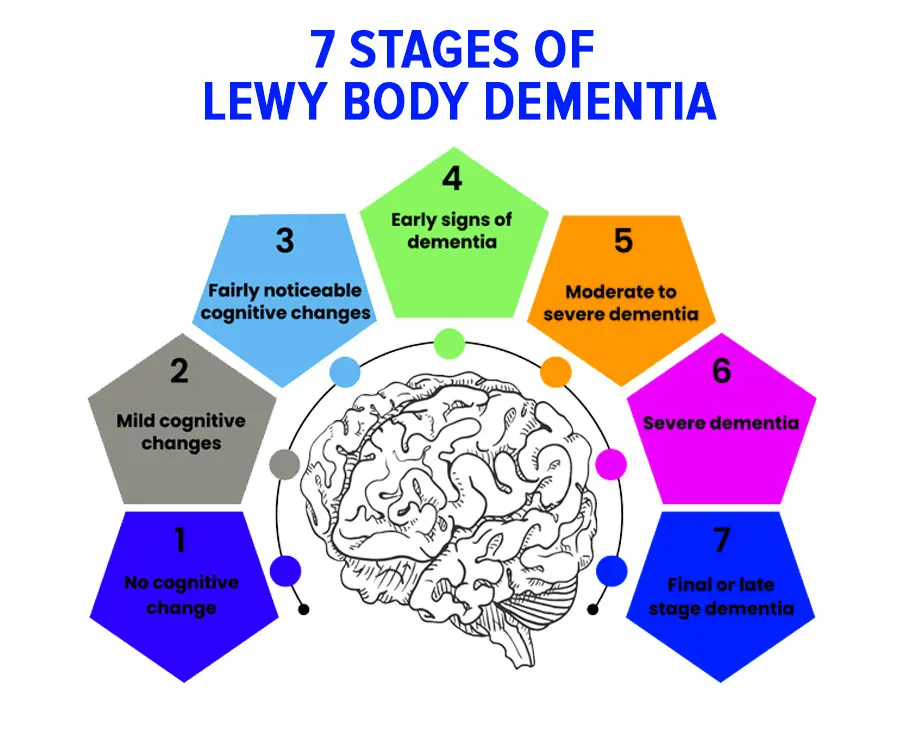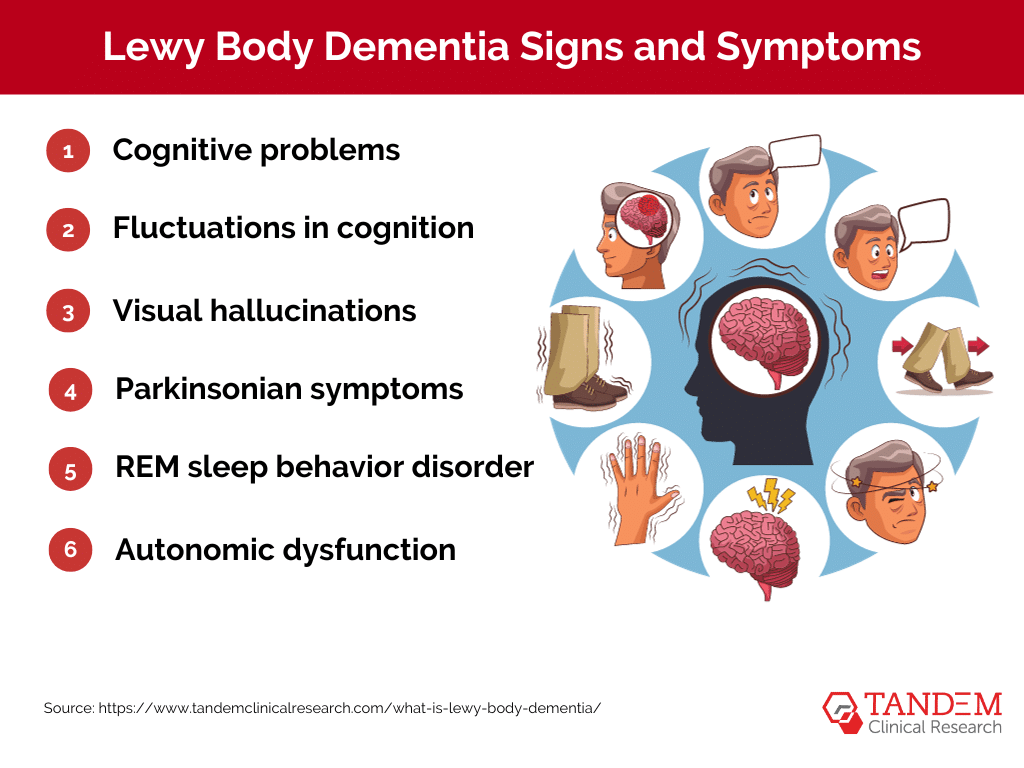Understanding Lewy Body Dementia: Symptoms and Treatment
Lewy Body Dementia (LBD) is a complex and often misunderstood condition that affects thousands of individuals and their families. If you’re reading this, you might be seeking clarity about what LBD is, how it manifests, and what treatments are available. The journey with LBD can be challenging, but understanding the symptoms and treatment options can empower you and your loved ones. Together, let’s unpack this topic in a friendly and approachable manner.
What is Lewy Body Dementia?
Lewy Body Dementia is a type of progressive dementia that shares some similarities with Alzheimer’s disease but is distinct in its symptoms and underlying biology. As the name suggests, LBD is characterized by the presence of Lewy bodies, which are abnormal protein deposits found in brain cells. These bodies disrupt the normal functioning of the brain and are believed to play a major role in the decline of cognitive abilities. If you or someone you love may be experiencing the symptoms of LBD, it’s essential to understand this condition fully.
The hallmark of LBD is the fluctuation in cognitive capabilities, which can vary each day or even throughout the day. This variability can be confusing, both for the individual experiencing it and for those who care for them. While some days may seem more manageable, others may present challenges with thinking, perception, and motor skills.
Symptoms of Lewy Body Dementia
Recognizing the symptoms of Lewy Body Dementia is crucial for early diagnosis and effective management. The symptoms are generally categorized into cognitive symptoms, motor symptoms, and behavioral aspects. Understanding these signs can make a significant difference in how you approach care and support.
Cognitive Symptoms
The cognitive symptoms of LBD may be similar to those of Alzheimer’s disease but can have unique features. Individuals may experience significant memory issues, characterized by forgetfulness and difficulty with day-to-day tasks. It’s common to notice fluctuations in attention and alertness, where a person may seem entirely engaged one moment and lost in confusion the next.
Additionally, visual hallucinations are a key symptom of LBD, often presenting as the perception of vivid images, shapes, or people that aren’t there. These hallucinations can be frightening and distressing, not only for the individual but also for family members or caregivers. Understanding that these episodes stem from biological changes in the brain can foster empathy and patience in your response.
Motor Symptoms
Motor symptoms in LBD often resemble those seen in Parkinson’s disease, another neurological disorder. You may observe tremors, rigidity, and balance difficulties, which can lead to an increased risk of falls. People may also have a shuffling gait or show less facial expression, sometimes referred to as “masked facies.”
Early identification of these motor symptoms is essential; engaging in physical therapy or exercise programs can help maintain mobility and reduce the risks associated with falls. Emphasizing a lifestyle that promotes physical movement can make a significant difference in the quality of life for someone battling LBD.
Behavioral Symptoms
Behavioral symptoms can disrupt daily life and impact relationships. Anxiety and depression are common and can be exacerbated by the confusion and frustration that often accompany cognitive decline. Sleep disturbances are another frequent complaint, which can lead to increased fatigue and further complicate the overall experience.
When caring for someone with LBD, it’s vital to approach behavior changes with understanding and patience. Engaging in open discussions about feelings and navigating the emotional landscape together can lead to better communication and a more supportive environment.

Diagnosis of Lewy Body Dementia
Diagnosing Lewy Body Dementia can sometimes be a lengthy and complex process. Medical professionals must conduct a thorough evaluation, which typically includes a detailed medical history, cognitive assessments, and neurological examinations. Brain imaging techniques, such as MRI or CT scans, may be employed to rule out other conditions and provide insights into brain health.
It’s essential to find a healthcare provider who is knowledgeable about LBD, as it can sometimes be misdiagnosed as Alzheimer’s disease or another form of dementia. The specificity of LBD means that a precise diagnosis can lead to more tailored treatment approaches, which can significantly improve the management of symptoms.
Treatment Options for Lewy Body Dementia
While there is currently no cure for Lewy Body Dementia, various treatment options can help manage symptoms and improve quality of life. Each treatment plan should be personalized based on individual needs and symptoms, with a focus on comfort and support.
Medications
Medications often play a central role in treating the cognitive and motor symptoms of LBD. Cholinesterase inhibitors, commonly used for Alzheimer’s disease, can be beneficial in improving memory and cognitive function in some individuals with LBD. However, it’s vital to be cautious, as not every medication is suitable for everyone.
If someone experiences significant visual hallucinations, specific antipsychotic medications may be warranted. However, these should be approached with care, as individuals with LBD may have increased sensitivity to certain medications that can adversely affect their condition.
Non-Pharmacological Interventions
Non-drug interventions are equally vital in managing LBD. Occupational therapy can aid individuals in maintaining independence and performing daily activities. Speech therapy might assist with communication challenges, which often arise due to cognitive impairments.
Engaging in regular physical activity can nurture both the body and mind. Activities like walking, gentle stretching, and group exercises can enhance physical strength, maintain mobility, and even elevate mood. Introducing a routine that comprises enjoyable activities can foster a positive environment for both the person affected by LBD and their caregivers.
Supportive Care
Supportive care is essential for managing the multifaceted challenges of living with Lewy Body Dementia. Creating a safe and loving environment can help individuals feel more at ease, lowering the stress levels that often accompany cognitive decline.
Building a strong support community—whether through family, friends, or formal support groups—is critical. These connections can allow you to share your experiences, concerns, and practical strategies for daily living. Engaging with others who understand your experience unites you in a shared journey, reminding you that you are not alone.

Caring for Someone with Lewy Body Dementia
If you are caring for someone with LBD, you may face numerous challenges, but remember that you aren’t navigating this path alone. Acknowledge your feelings and the difficulties you may encounter while providing care.
Communication
Effective communication fosters understanding and connection. Speak clearly, and be patient when there are moments of confusion. Simple sentences and familiar phrases can reduce anxiety and make interactions easier. Non-verbal cues like gestures and facial expressions can also bridge communication gaps when words fall short.
You might find it helpful to maintain a calming presence even during moments of agitation or distress. Your tone of voice, body language, and demeanor can go a long way in providing reassurance.
Managing Daily Life
Creating structured daily routines can help reduce confusion and anxiety for individuals with LBD. Familiar patterns provide a sense of stability and can be immensely comforting. Leave plenty of time for transitions between activities to avoid overwhelming the person you’re caring for.
Consider incorporating moments of joy into daily life. Simple pleasures, such as listening to music, going for walks in nature, or engaging in hobbies, can brighten the day and enhance overall well-being. Maintain a balance between activity and rest, so both you and the individual have the opportunity to recharge.
Taking Care of Yourself
As a caregiver, it’s crucial to prioritize your well-being. Caring for someone with Lewy Body Dementia can be emotionally and physically taxing. Ensure you carve out time for self-care, whether it’s indulging in hobbies, spending time with friends, or simply taking a moment for yourself. You can’t pour from an empty cup; by taking care of yourself, you’re better equipped to provide genuine support.
Connect with resources available in your community. Local and national organizations often offer valuable information, support, and respite care options that can lighten the caregiving load.
Resources and Support for Lewy Body Dementia
A wealth of resources are available to help you navigate the challenges of Lewy Body Dementia. Organizations dedicated to research, education, and support provide valuable information, perspectives, and connections.
Look for local support groups specifically tailored to families and caregivers of individuals with LBD. These groups can foster a sense of community while offering practical advice from individuals who understand what you’re experiencing.
Online resources can also be instrumental. Websites dedicated to dementia care, research, and advocacy provide access to articles, forums, and other digital resources that can offer up-to-date information and peer support.

Conclusion
Understanding Lewy Body Dementia is a journey filled with challenges and opportunities for connection. By recognizing the symptoms and treatment options, you can empower yourself and your loved ones to navigate this condition with compassion and resilience. Embrace the small victories along the way, and remember that you are not alone. The resources and community support available can provide invaluable assistance on this journey.
If you found this article helpful, I encourage you to clap for it, leave a comment, and subscribe to my Medium newsletter for more updates. Together, we can foster understanding and support for those affected by Lewy Body Dementia.